-
 Bitcoin
Bitcoin $115000
1.10% -
 Ethereum
Ethereum $3719
2.93% -
 XRP
XRP $2.997
2.56% -
 Tether USDt
Tether USDt $1.000
0.02% -
 BNB
BNB $766.7
0.98% -
 Solana
Solana $169.6
3.97% -
 USDC
USDC $0.9999
0.00% -
 TRON
TRON $0.3391
1.82% -
 Dogecoin
Dogecoin $0.2060
3.53% -
 Cardano
Cardano $0.7429
2.91% -
 Hyperliquid
Hyperliquid $38.02
1.70% -
 Stellar
Stellar $0.4021
3.23% -
 Sui
Sui $3.515
3.31% -
 Bitcoin Cash
Bitcoin Cash $574.2
2.68% -
 Chainlink
Chainlink $16.85
3.10% -
 Hedera
Hedera $0.2461
1.54% -
 Ethena USDe
Ethena USDe $1.001
0.02% -
 Avalanche
Avalanche $22.28
1.26% -
 Litecoin
Litecoin $118.3
1.25% -
 UNUS SED LEO
UNUS SED LEO $8.923
-0.75% -
 Toncoin
Toncoin $3.255
2.35% -
 Shiba Inu
Shiba Inu $0.00001239
2.42% -
 Uniswap
Uniswap $9.834
3.77% -
 Polkadot
Polkadot $3.690
2.48% -
 Dai
Dai $1.000
0.02% -
 Monero
Monero $282.9
-3.30% -
 Bitget Token
Bitget Token $4.367
0.70% -
 Cronos
Cronos $0.1454
5.37% -
 Pepe
Pepe $0.00001055
3.60% -
 Ethena
Ethena $0.6156
8.72%
How to trade with a bot on Kraken
Kraken supports bot trading via its API, allowing automation with platforms like 3Commas and Hummingbot after setting up secure API keys.
Aug 07, 2025 at 01:28 pm
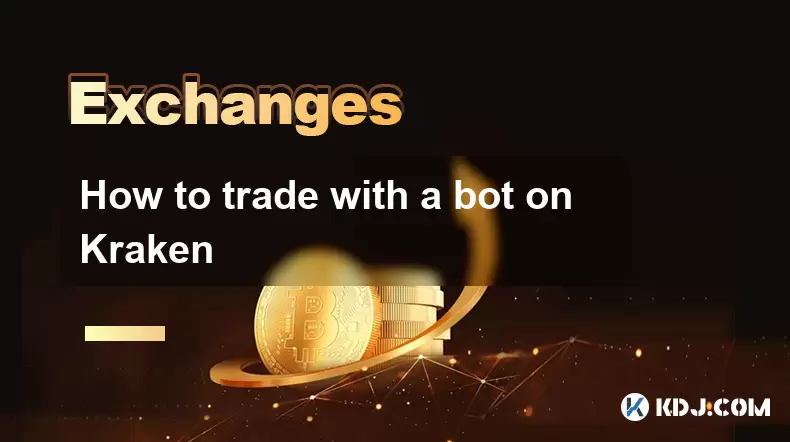
Understanding Kraken’s Bot Trading Environment
Kraken is one of the most established cryptocurrency exchanges, offering a robust platform for both manual and automated trading. To trade with a bot on Kraken, users must understand that the exchange supports algorithmic trading through its public API. This API allows third-party bots and custom scripts to interact with Kraken’s order books, execute trades, and manage accounts. Before initiating bot trading, ensure your Kraken account is verified and API access is enabled. The API provides endpoints for retrieving market data, placing orders, checking balances, and managing withdrawal requests. It’s essential to note that Kraken does not offer a native bot interface within its web or mobile app; automation must be achieved through external software or self-developed scripts.
Setting Up Your Kraken API Keys
To begin trading with a bot, you must generate API credentials on Kraken. Navigate to your account settings, select the API tab, and click on “New API Key.” During creation, define the following:
- Permissions: Grant only the necessary access. For trading bots, enable “Query funds,” “Place orders,” and “Cancel orders.” Avoid enabling withdrawal permissions unless absolutely required.
- IP Whitelisting: Restrict API key usage to specific IP addresses to enhance security.
- Nonce Policy: Choose between standard or custom nonce settings. Standard is recommended for most users.
After generating the key and secret, store them securely. The secret key will only be shown once. These credentials are required by any bot or script to authenticate with Kraken’s servers.Selecting a Compatible Trading Bot
Several third-party bots support Kraken’s API. Popular options include 3Commas, Cryptohopper, Gunbot, and Hummingbot. Each platform offers different features: - 3Commas provides a user-friendly dashboard, smart trade automation, and pre-built bot templates.
- Cryptohopper supports backtesting, market scanning, and social trading strategies.
- Hummingbot is open-source and ideal for advanced users who want full control over strategy logic.
When choosing a bot, verify that it explicitly lists Kraken as a supported exchange. Check community forums or documentation to confirm API compatibility and recent update activity. Ensure the bot supports the trading pairs you intend to use, such as BTC/USD or ETH/EUR.Configuring the Bot with Kraken Credentials
Once you’ve selected a bot platform, the next step is linking it to your Kraken account. This process varies slightly depending on the bot, but generally involves: - Logging into the bot platform.
- Navigating to the exchange connection section.
- Selecting Kraken from the list of available exchanges.
- Pasting your API key and secret key into the designated fields.
Some platforms may require you to enter the API secret in a separate step or encrypt it. After submission, the bot will test the connection by querying your account balance or open orders. If authentication fails, double-check the API permissions and ensure no typos exist in the keys. Never share your API credentials or enter them on untrusted websites.Designing and Deploying a Trading Strategy
With the bot connected, you can now define your trading logic. Most bots offer multiple strategy types, including: - Grid Trading: Places buy and sell orders at predefined price intervals.
- DCA (Dollar-Cost Averaging): Buys assets at regular intervals regardless of price.
- Trend Following: Uses technical indicators like moving averages to enter or exit positions.
For example, to set up a simple moving average crossover strategy: - Select the trading pair, such as BTC/USD.
- Choose “Moving Average Crossover” as the strategy type.
- Set the short-term MA period to 9 and the long-term to 21.
- Define the order size as a fixed amount or percentage of balance.
- Specify the minimum trading volume and slippage tolerance.
Test the strategy in paper trading mode if available, which simulates trades without real funds. Adjust parameters based on performance before going live.Monitoring and Managing Bot Performance
After deployment, actively monitor your bot’s activity. Key metrics to track include: - Execution frequency: How often the bot places orders.
- Fill rates: Percentage of orders successfully executed.
- Profit and loss per trade: Evaluate individual trade outcomes.
- API rate limits: Kraken enforces rate limits (e.g., 15 calls per second for most endpoints). Exceeding these can result in temporary bans.
Use the bot’s dashboard to view real-time logs and error messages. If the bot stops trading, check for API disconnections, insufficient balance, or rejected orders due to price deviation. Adjust risk settings, such as maximum concurrent trades or stop-loss levels, to align with your risk tolerance. Enable email or Telegram notifications for critical events like large drawdowns or API failures.Security Best Practices for Bot Trading
Bot trading introduces additional security risks. Protect your assets by: - Using strong, unique passwords for both Kraken and the bot platform.
- Enabling two-factor authentication (2FA) on all accounts.
- Restricting API key permissions to trading-only functions.
- Rotating API keys periodically, especially after suspected breaches.
- Running bots on secure, isolated servers rather than personal devices.
Avoid using public Wi-Fi when managing bot configurations. If using a self-hosted solution like Hummingbot, ensure your server’s firewall is configured to allow only necessary traffic. Regularly update the bot software to patch vulnerabilities.Frequently Asked Questions
Can I use multiple bots with one Kraken account?
Yes, you can link several bots to a single Kraken account as long as each uses a unique API key. Create separate keys for each bot to isolate access and simplify monitoring. Ensure combined API usage does not exceed Kraken’s rate limits.What happens if my bot exceeds Kraken’s API rate limit?
Kraken will temporarily block further requests from your IP address. The duration varies but typically lasts a few minutes. To avoid this, configure your bot to include delays between requests and use batch endpoints when available. Monitor your usage via Kraken’s API status page.Does Kraken charge extra fees for bot trading?
No, Kraken does not impose additional fees for API or bot usage. Trading fees are based on your 30-day volume and are the same for manual and automated trades. Fees are deducted in the quote currency and displayed in the order confirmation.How do I stop my bot during high volatility?
Most bot platforms include a manual pause or stop function. Log in to your bot dashboard and disable the strategy or disconnect the API key. For immediate action, disable the API key on Kraken’s website under the API settings. This instantly halts all automated activity.
Disclaimer:info@kdj.com
The information provided is not trading advice. kdj.com does not assume any responsibility for any investments made based on the information provided in this article. Cryptocurrencies are highly volatile and it is highly recommended that you invest with caution after thorough research!
If you believe that the content used on this website infringes your copyright, please contact us immediately (info@kdj.com) and we will delete it promptly.
- HashFlare Founders Face the Music: Jail Time Looms?
- 2025-08-07 14:30:12
- Pepeto's Pounce: Meme Coin Mania Meets Blockchain Infrastructure
- 2025-08-07 15:10:12
- Parataxis, SPAC Merger, and Bitcoin Treasury: A New York Minute on Crypto's Latest Moves
- 2025-08-07 15:30:12
- Toshi on Binance.US: A Memecoin's Big Break
- 2025-08-07 14:30:12
- Bitcoin, SPAC Mergers, and Parataxis: A New Yorker's Take on Crypto's Wall Street Moment
- 2025-08-07 14:50:27
- Bitcoin, Collateral, and Loan Strategies: A New York Minute on the Future of Finance
- 2025-08-07 14:50:27
Related knowledge
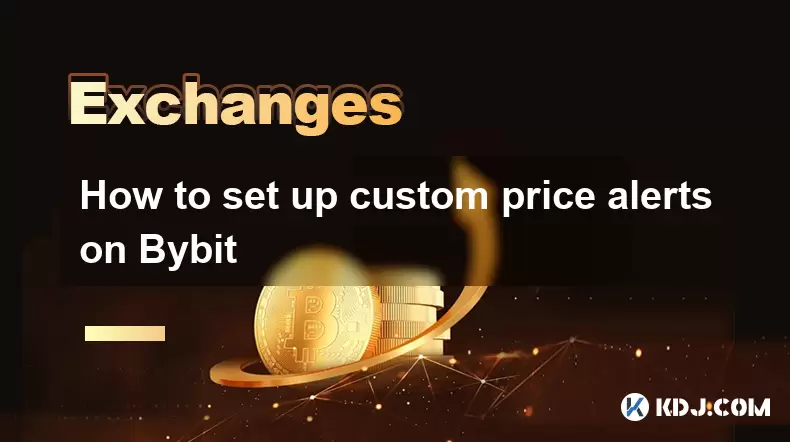
How to set up custom price alerts on Bybit
Aug 07,2025 at 04:31pm
Understanding Price Alerts on BybitPrice alerts on Bybit are essential tools for traders who want to stay informed about significant price movements i...
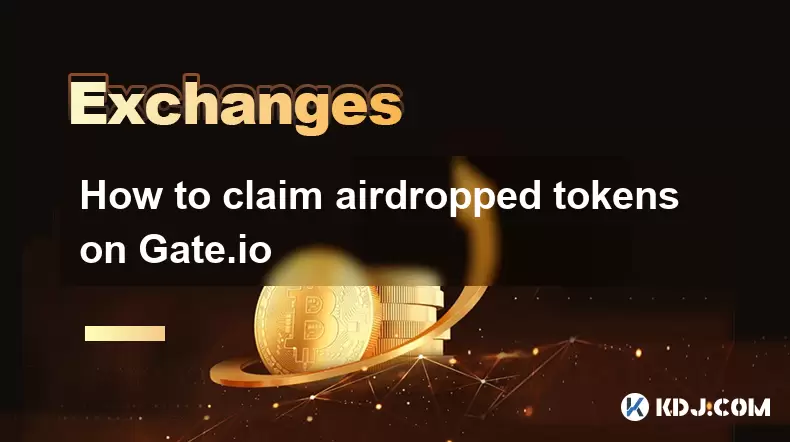
How to claim airdropped tokens on Gate.io
Aug 07,2025 at 04:01pm
Understanding Airdropped Tokens on Gate.ioAirdropped tokens are digital assets distributed for free by blockchain projects to promote awareness, incen...
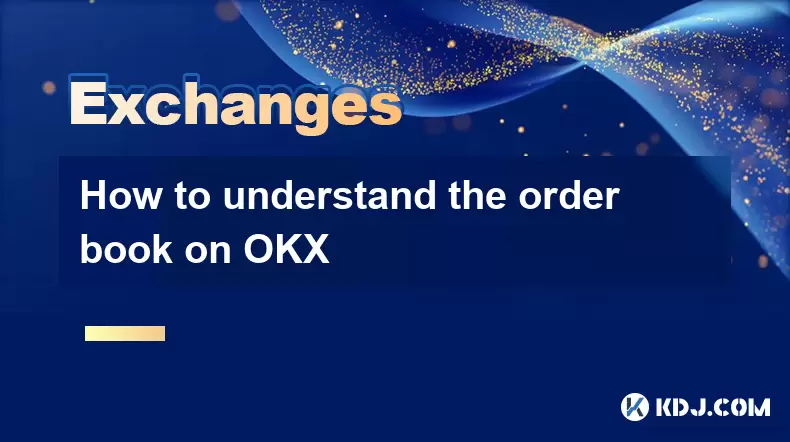
How to understand the order book on OKX
Aug 07,2025 at 03:49pm
What Is an Order Book on OKX?The order book on OKX is a real-time, dynamic list of all open buy and sell orders for a specific cryptocurrency trading ...

How to trade with a bot on Kraken
Aug 07,2025 at 01:28pm
Understanding Kraken’s Bot Trading EnvironmentKraken is one of the most established cryptocurrency exchanges, offering a robust platform for both manu...
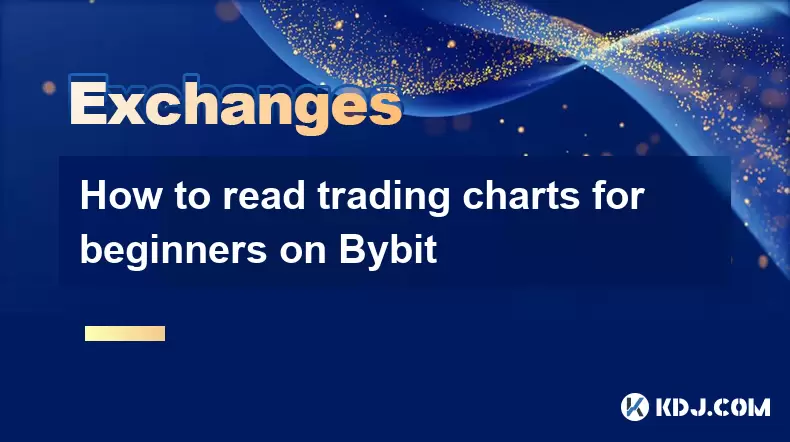
How to read trading charts for beginners on Bybit
Aug 07,2025 at 10:09am
Understanding the Basics of Trading Charts on BybitBefore diving into chart analysis, it’s essential to understand what a trading chart represents. On...

How to set and manage alerts on the Gemini app?
Aug 03,2025 at 11:00am
Understanding the Gemini App Alert SystemThe Gemini app offers users a powerful way to stay informed about their cryptocurrency holdings, price moveme...

How to set up custom price alerts on Bybit
Aug 07,2025 at 04:31pm
Understanding Price Alerts on BybitPrice alerts on Bybit are essential tools for traders who want to stay informed about significant price movements i...

How to claim airdropped tokens on Gate.io
Aug 07,2025 at 04:01pm
Understanding Airdropped Tokens on Gate.ioAirdropped tokens are digital assets distributed for free by blockchain projects to promote awareness, incen...

How to understand the order book on OKX
Aug 07,2025 at 03:49pm
What Is an Order Book on OKX?The order book on OKX is a real-time, dynamic list of all open buy and sell orders for a specific cryptocurrency trading ...

How to trade with a bot on Kraken
Aug 07,2025 at 01:28pm
Understanding Kraken’s Bot Trading EnvironmentKraken is one of the most established cryptocurrency exchanges, offering a robust platform for both manu...

How to read trading charts for beginners on Bybit
Aug 07,2025 at 10:09am
Understanding the Basics of Trading Charts on BybitBefore diving into chart analysis, it’s essential to understand what a trading chart represents. On...

How to set and manage alerts on the Gemini app?
Aug 03,2025 at 11:00am
Understanding the Gemini App Alert SystemThe Gemini app offers users a powerful way to stay informed about their cryptocurrency holdings, price moveme...
See all articles

























































































